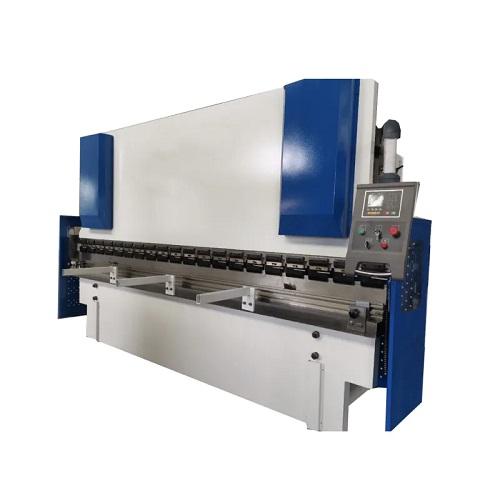Introduction
In the realm of metalworking, precision and efficiency are paramount. The brake press machine, a cornerstone in metal fabrication, takes center stage as a versatile tool for bending and shaping metal sheets. This article delves into the intricate world of brake press machines, exploring their functionalities, key components, and the diverse applications that make them indispensable in various industries.
Understanding the Brake Press Machine
A brake press machine, also known as a press brake, is a mechanical device designed to bend, shape, and fold metal sheets. This versatile tool is a linchpin in metal fabrication processes, offering a wide range of capabilities for creating complex and precise bends.
Components of a Brake Press Machine
The functionality of a brake press machine relies on a synergy of components, each playing a crucial role in the metal bending process:
1. Frame and Bed:
The frame provides the structural integrity of the machine, while the bed serves as the flat surface where the metal sheet rests during the bending operation.
2. Ram:
The ram is the movable upper part of the machine. It descends to apply force on the metal sheet, causing it to bend against the die.
3. Die:
The die, a stationary tool, determines the shape into which the metal sheet will be bent. Dies come in various shapes and sizes to accommodate different bending requirements.
4. Back Gauge:
A back gauge is a positioning device that ensures accurate alignment of the metal sheet before bending. This feature contributes to the precision and repeatability of the bending process.
Types of Brake Press Machines
Brake press machines come in various types, catering to different bending needs. The two main types are:
- Mechanical Press Brake:
Operated with a mechanical clutch, this type of press brake is suitable for simple bending operations.
- Hydraulic Press Brake:
Powered by a hydraulic system, this type offers greater control and flexibility, making it ideal for complex bending tasks.
Bending Metal with Precision
The operation of a brake press machine involves a sequence of steps, each contributing to the precision and accuracy of the final bend:
- Material Placement:The metal sheet is carefully positioned on the bed, ready for the bending process.
- Tool Setup:Operators select the appropriate die and configure the back gauge for the desired bend angle and length.
- Bending Process:The ram descends, applying controlled force on the metal sheet against the die. The metal yields to the pressure, taking on the shape of the die.
- Back Gauge Repositioning:After each bend, the back gauge adjusts to prepare for the next bending operation, ensuring consistency in the final product.
- Repeat as Necessary:The process is repeated until the metal sheet achieves the desired shape and configuration.
Applications Across Industries
Brake press machines find widespread use across various industries, showcasing their versatility in metal fabrication:
- Sheet Metal Fabrication:Ideal for bending and shaping sheet metal to create components used in manufacturing and construction.
- Automotive Industry:Brake press machines play a vital role in forming metal components for vehicles, from body panels to structural elements.
- Aerospace Manufacturing:Precision bending is crucial in the production of aerospace components, where tight tolerances and high-quality standards are paramount.
Advantages of Brake Press Machines
The adoption of brake press machines is driven by the numerous advantages they offer:
- Versatility:Capable of handling a wide range of materials, including aluminum, steel, and stainless steel, making them suitable for diverse applications.
- Precision and Accuracy:The ability to achieve precise bends with high repeatability ensures consistency in the production of metal components.
- Efficiency:Modern brake press machines often feature CNC controls, allowing for efficient programming and automation, reducing production time and minimizing errors.
Conclusion
The brake press machine stands as a stalwart in the world of metal fabrication, offering unparalleled precision and versatility. Its ability to bend and shape metal sheets with accuracy makes it a cornerstone in industries where quality and efficiency are paramount. Understanding the components, types, and operational processes of brake press machines is essential for those engaged in metalworking, empowering them to harness the full potential of this indispensable tool in the pursuit of precision and excellence.
